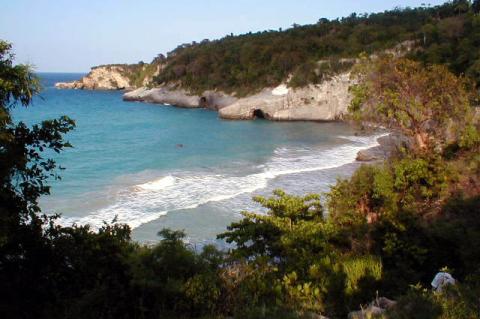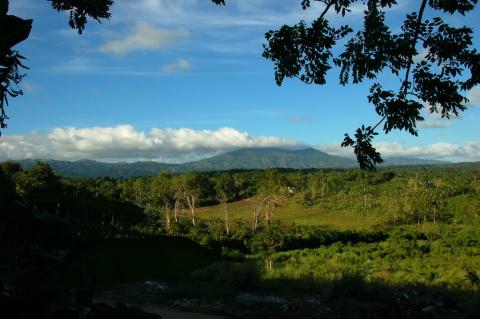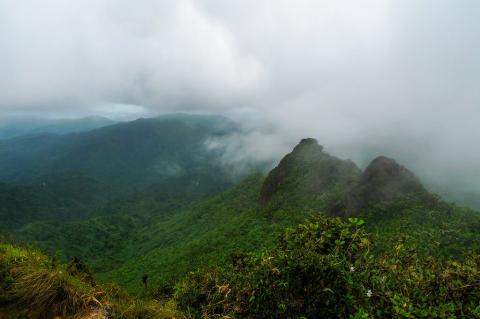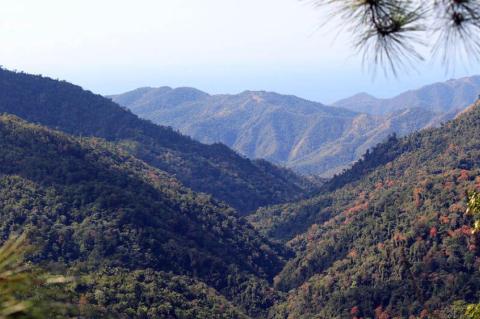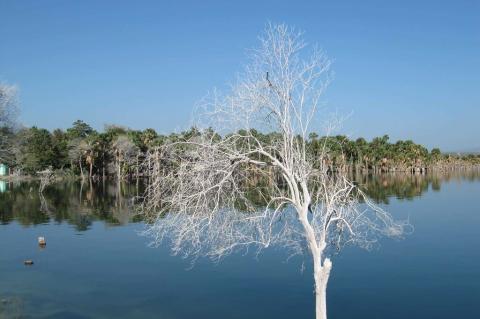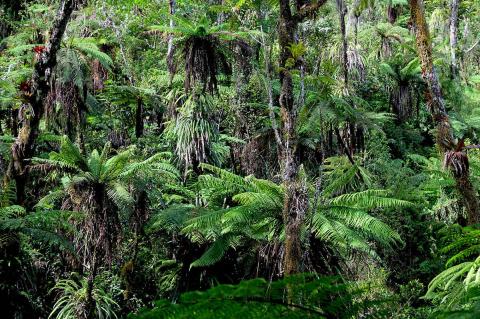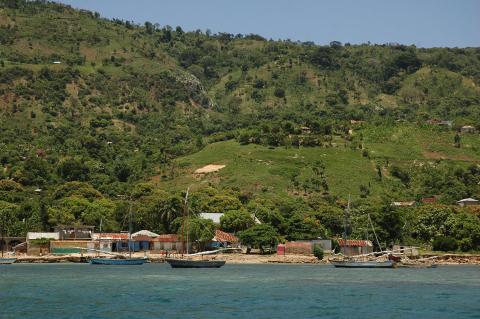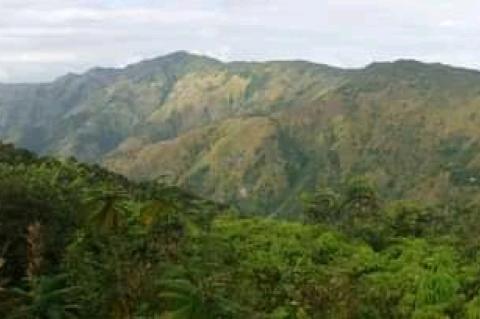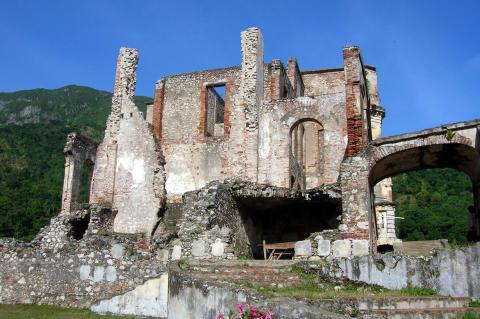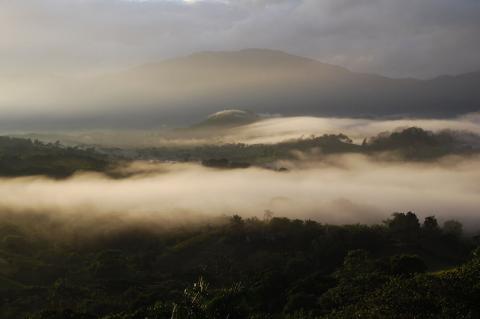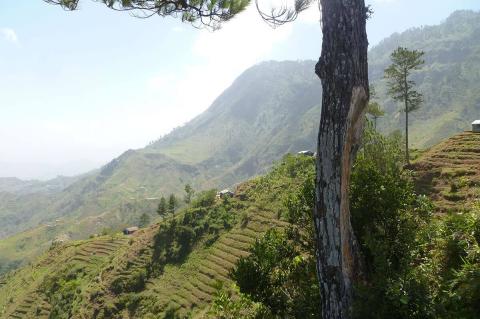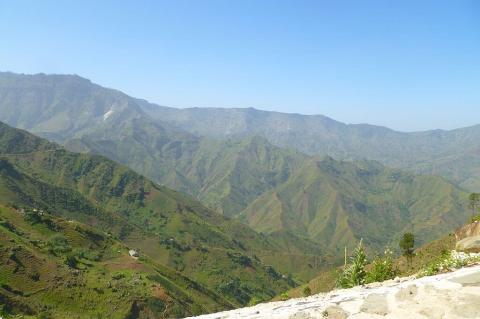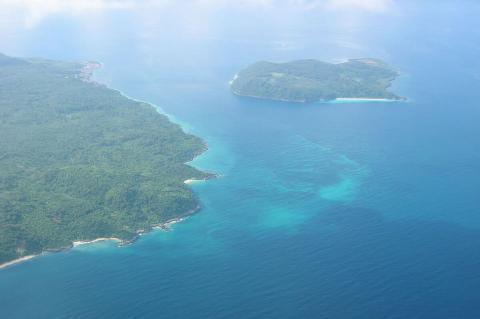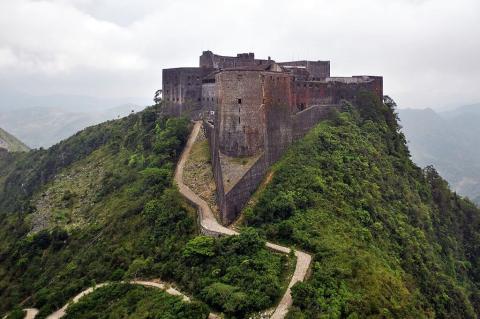Haiti: Cradle of Revolution, Crucible of Resilience
Haiti, the western third of Hispaniola in the Caribbean, is a nation of contrasts and complexities shaped by its rich history, vibrant culture, and political distinctiveness. This exploration delves into Haiti's multifaceted aspects, from its geography and history to its culture, economy, and global impact, revealing a country that continues to evolve while maintaining its unique identity in the face of numerous challenges and transformations.
